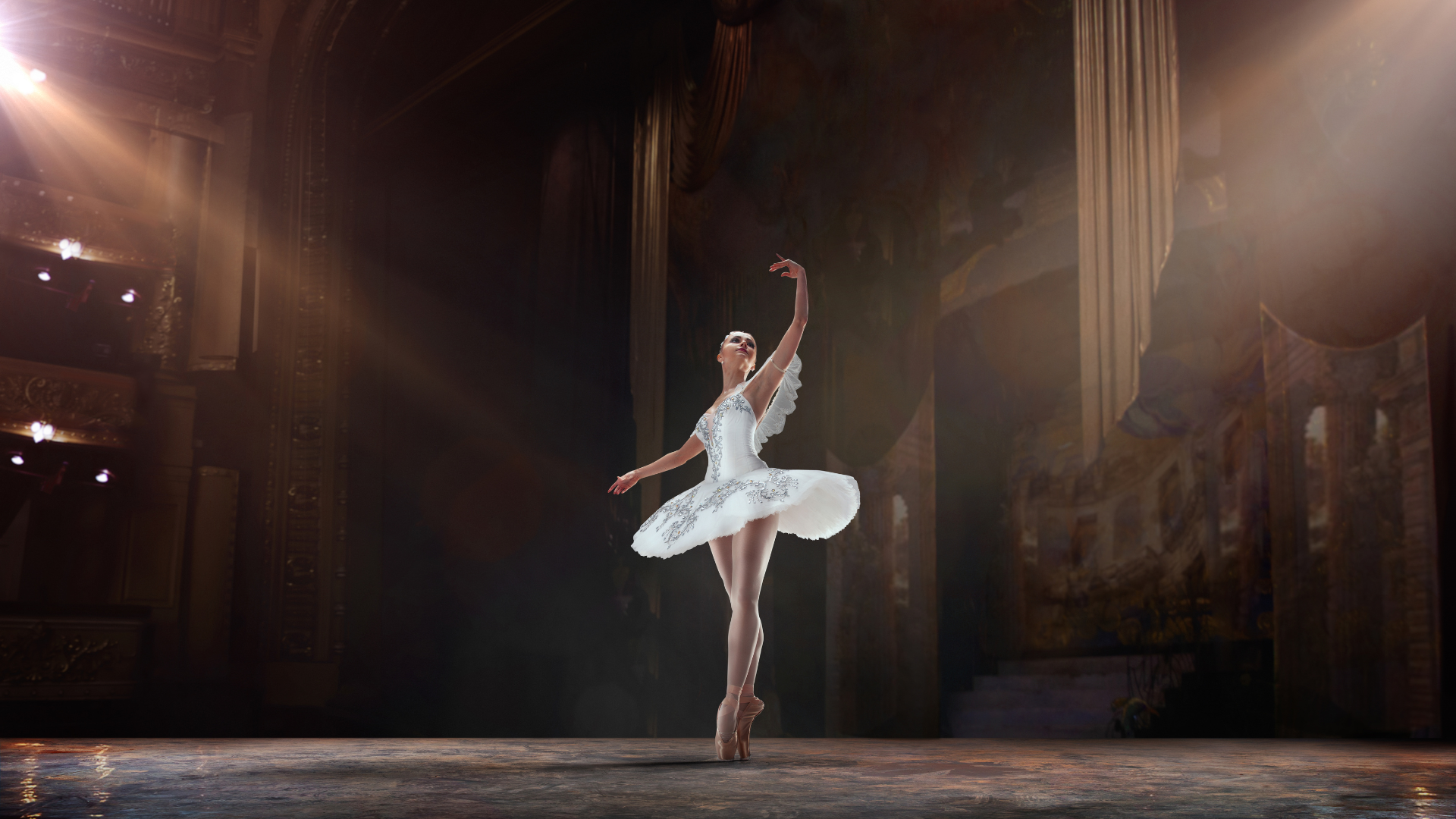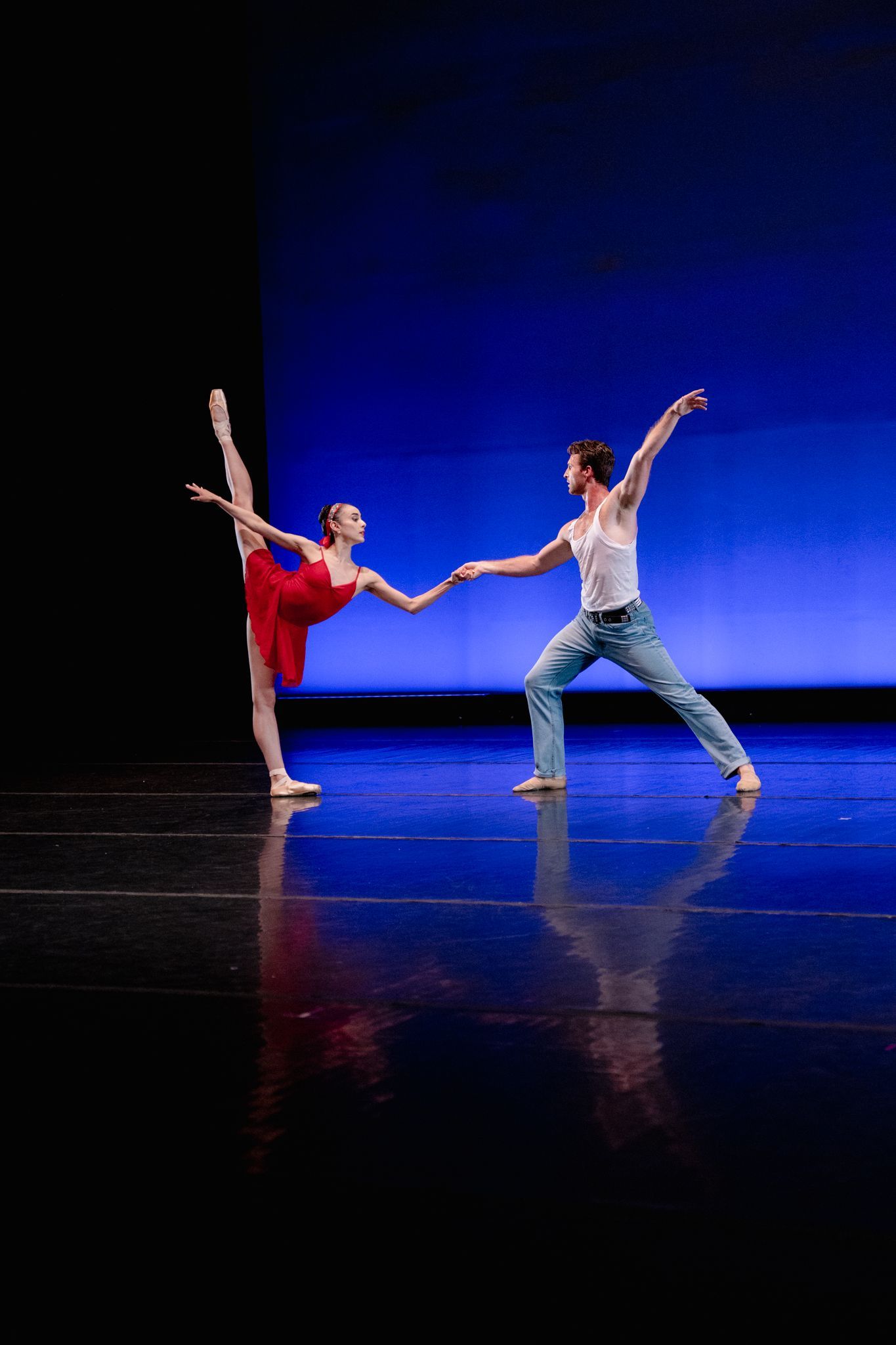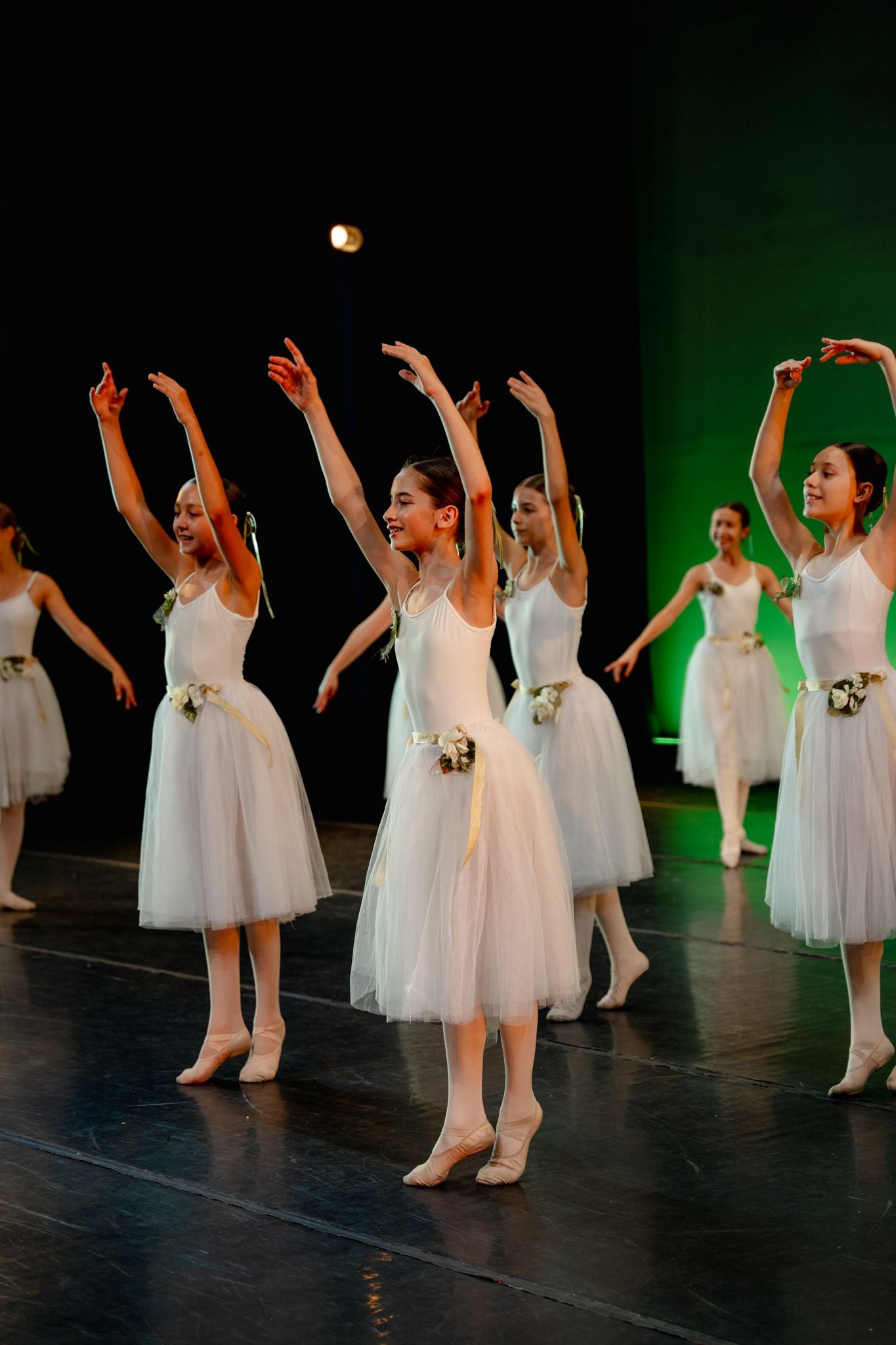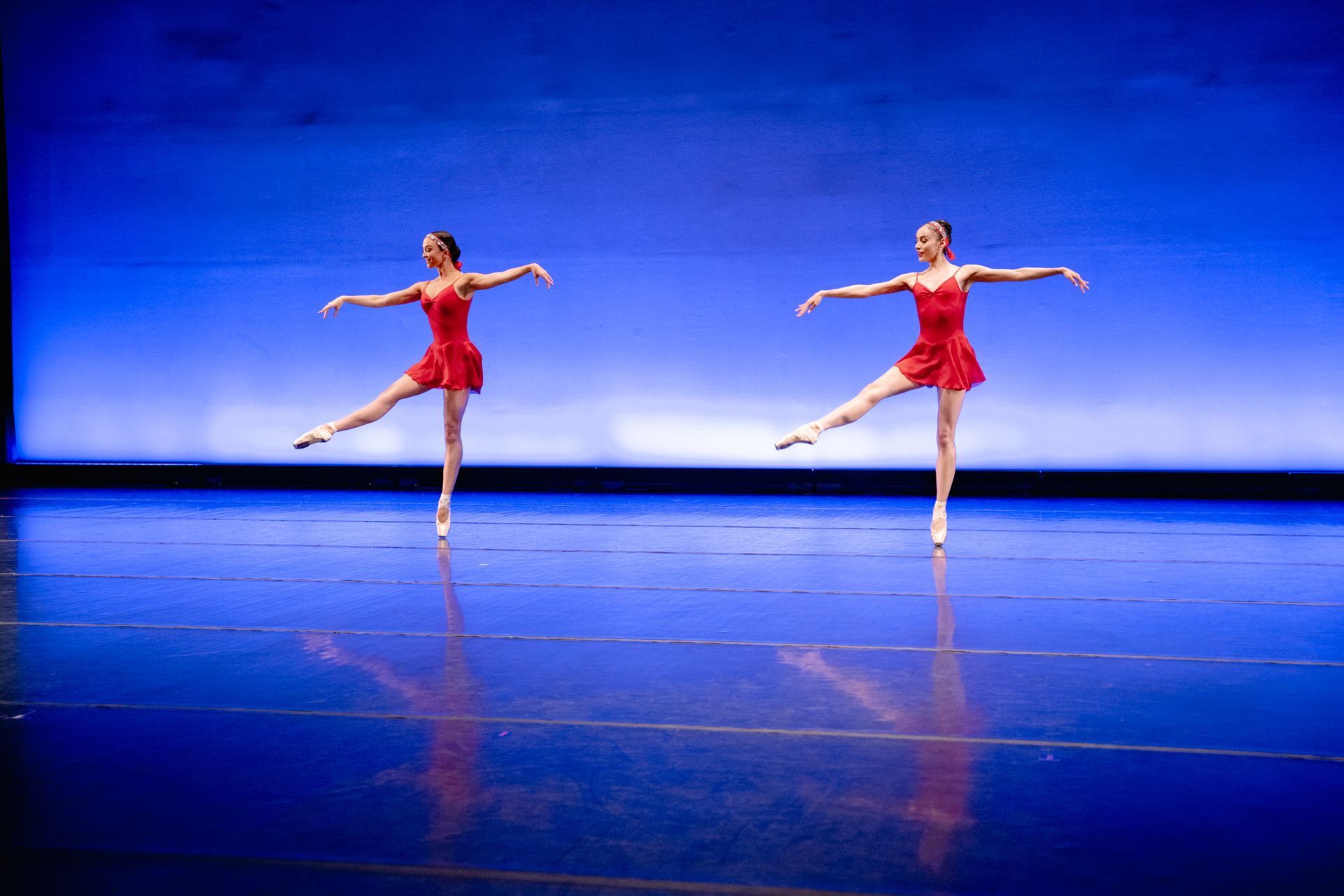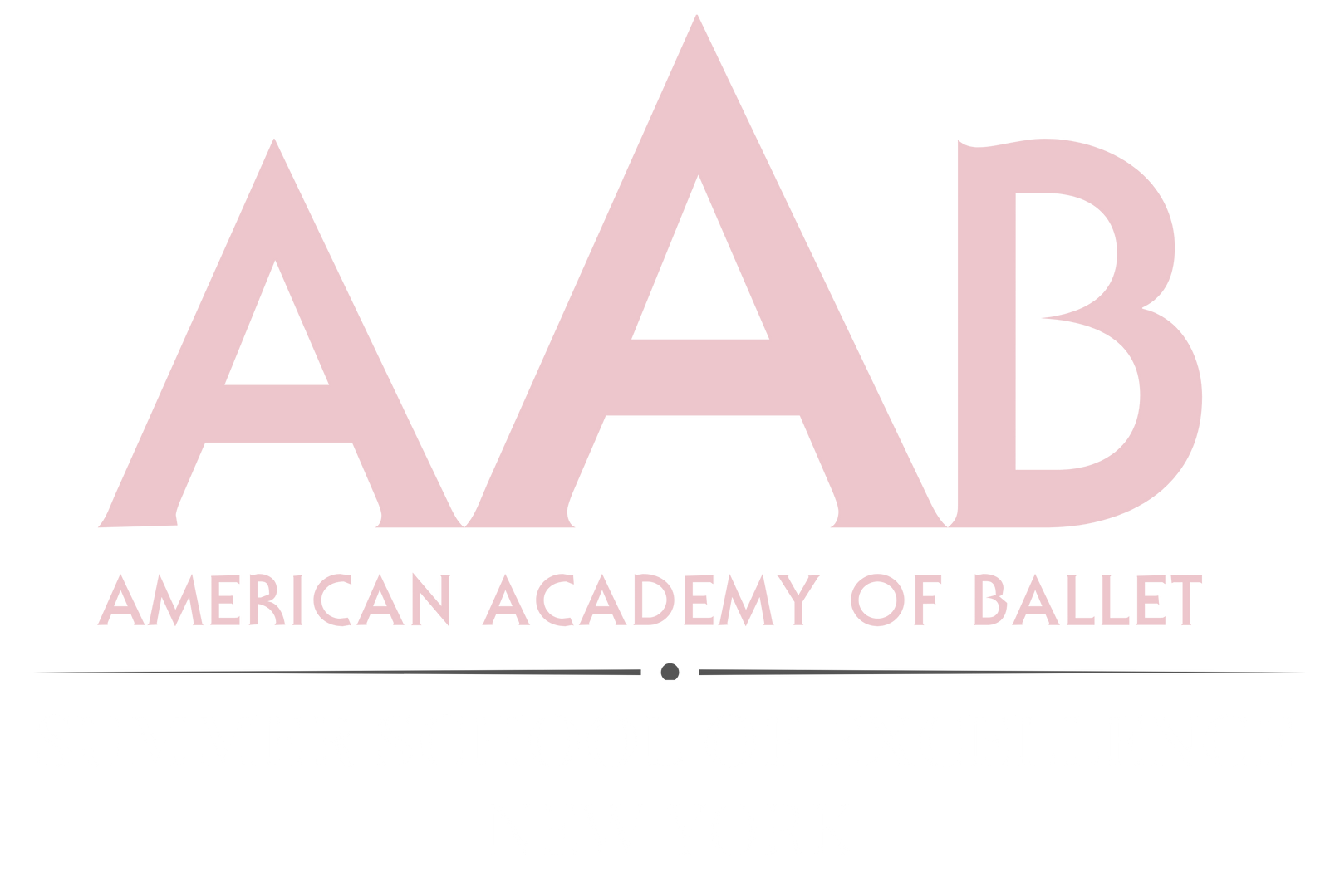Mastering Pointe: How the Academy Prepares Young Dancers for Pointe Work
A Milestone in Ballet Training at the American Academy
Pointe work is a milestone in every ballet dancer’s journey, signifying both dedication and readiness for one of the most challenging aspects of classical ballet. At the American Academy of Ballet, pointe training is approached with care and expertise, ensuring that students are not only physically prepared but also equipped with the technical skills required for safe and successful pointe work.

Building a Strong Foundation
Before students even begin pointe work, the Academy emphasizes building a strong foundation in classical ballet technique. This involves honing balance, alignment, and core strength through various exercises and ballet drills. Developing this foundation is essential because pointe work demands precise control and stability. At the Academy, students undergo rigorous pre-pointe assessments to ensure their muscles and joints are conditioned to handle the demands of dancing on pointe.
Expert Guidance Every Step of the Way
The Academy’s pointe instructors are professionals with extensive backgrounds in both teaching and performing ballet. Many of them have danced with major international companies, bringing a wealth of experience and insight into what it takes to dance en pointe safely and beautifully. Each instructor is skilled in identifying individual student needs, allowing for personalized attention and adjustments that are crucial at this stage of training.

Conditioning and Strength Training
Physical readiness for pointe work goes beyond just ballet class; it includes targeted conditioning exercises that strengthen key muscle groups. Students at the Academy engage in exercises focusing on ankle stability, calf and foot strength, and core engagement. These exercises are designed to support the intricate movements required when dancing en pointe and are integrated into daily routines for maximum effectiveness.
Technical Training for Pointe
When students are ready to begin
pointe work, the Academy introduces specific pointe techniques, beginning with fundamental exercises that focus on placement and control. Instructors guide students through basic
relevés,
pliés, and
echappés, reinforcing the importance of balance and alignment. By starting with simpler movements, dancers gradually build the skills and confidence needed to execute more complex sequences as they progress.
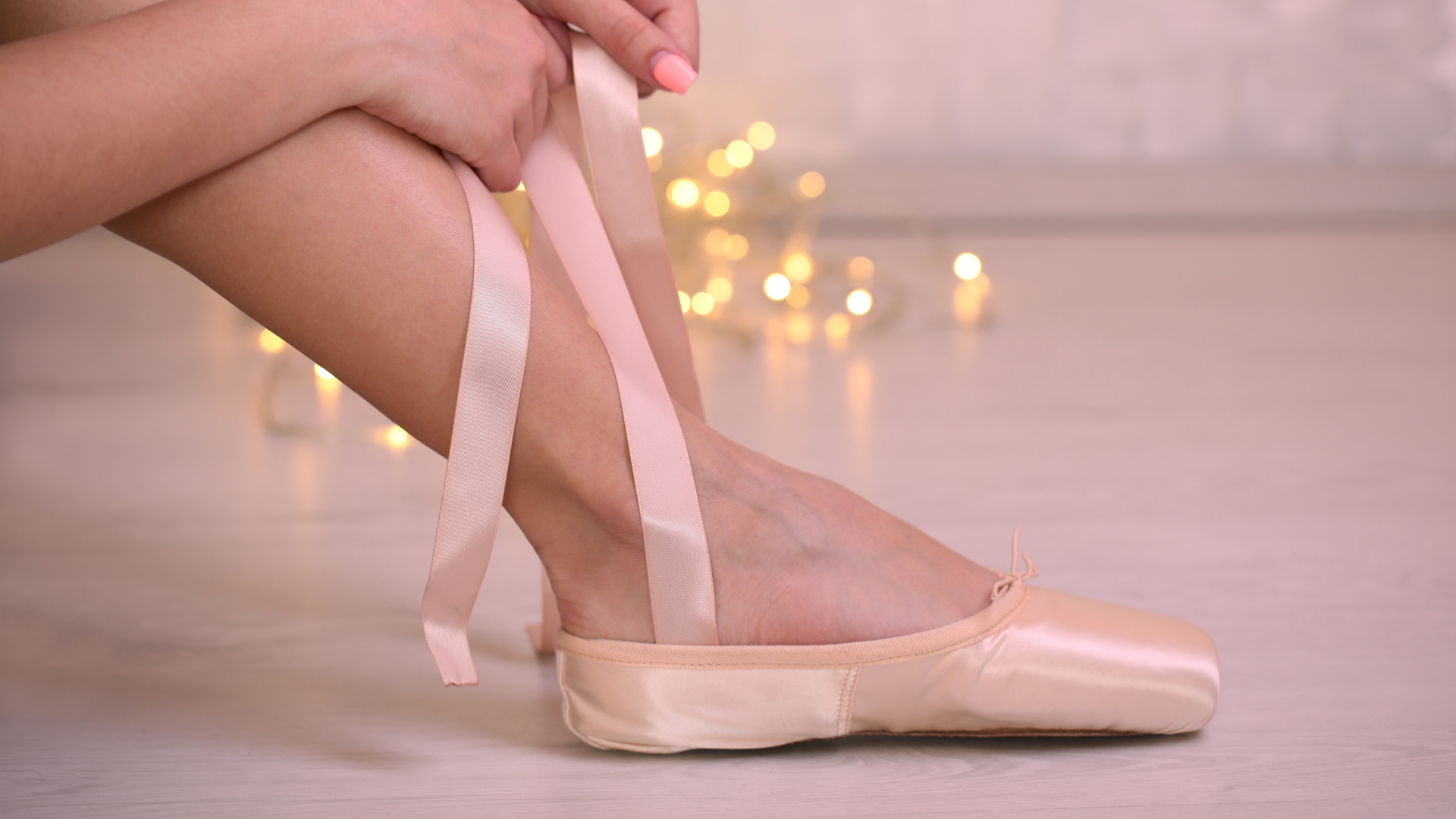
Injury Prevention and Care
Pointe work can be demanding on the body, which is why the Academy prioritizes injury prevention. Instructors emphasize proper foot care, toe taping techniques, and alignment adjustments to minimize the risk of injury. Additionally, students are taught about the importance of rest, hydration, and proper nutrition, all of which play a role in keeping their bodies strong and resilient.
Developing Artistry Through Pointe
Beyond technical execution, pointe work allows dancers to express an elevated level of artistry. The Academy incorporates performance skills into pointe classes, encouraging students to explore graceful and emotive movements en pointe. This development of artistry helps students build the confidence needed for solo performances and adds depth to their skill set as they prepare for potential careers in ballet.
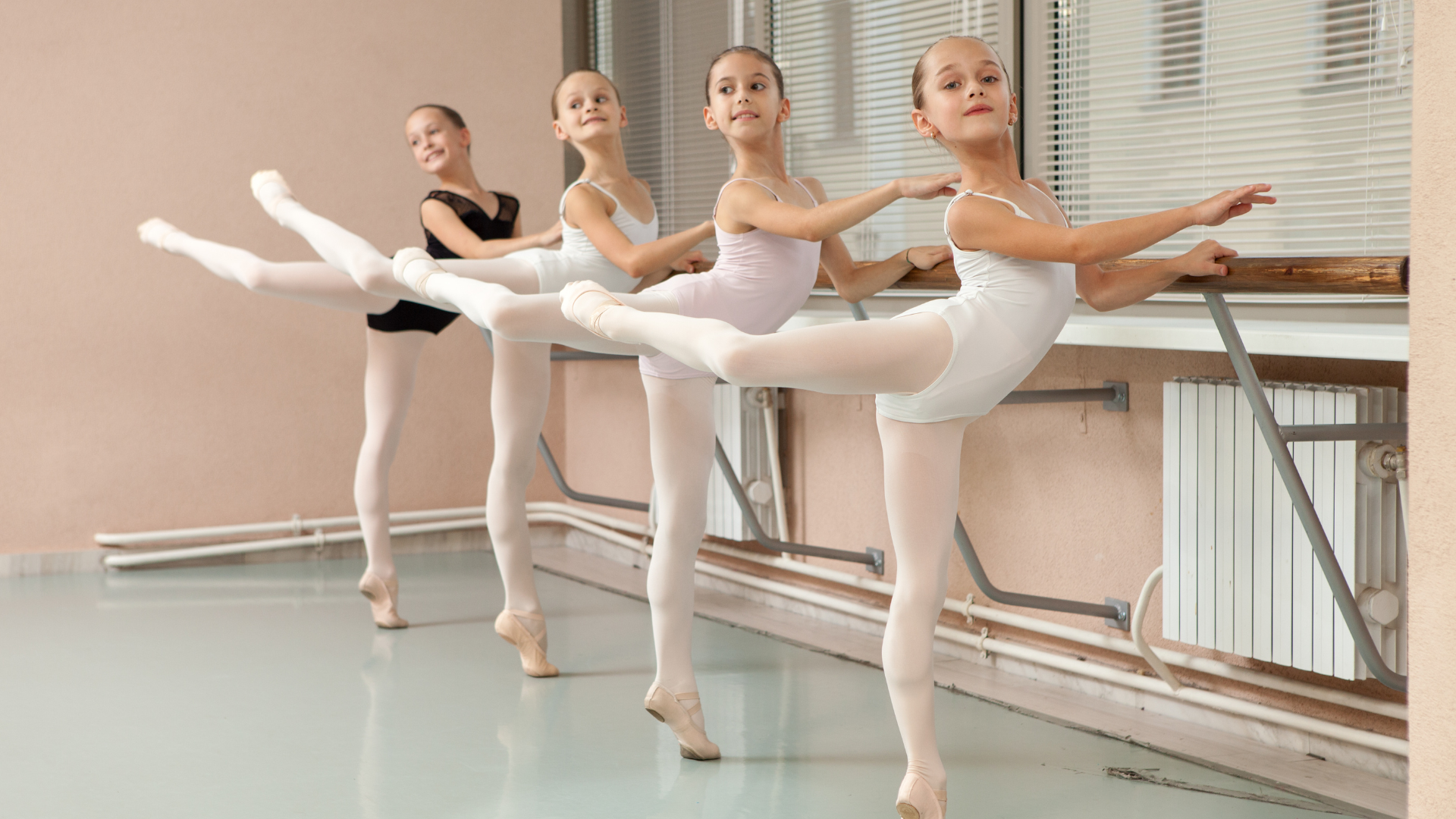
Setting Students Up for Success
The Academy’s approach to pointe work is a blend of technical training, strength-building, and artistic development. With guidance from experienced instructors, carefully planned conditioning routines, and an emphasis on safety, the Academy ensures that students are set up for success in pointe work. This careful progression not only prepares dancers to perform en pointe but also instills in them a deep respect for the discipline and dedication that ballet requires.
At the American Academy of Ballet, pointe work is more than just a technical achievement—it’s a rite of passage that enhances a dancer’s journey, helping them reach new heights in their ballet career. For young dancers eager to embrace this challenge, the Academy offers the expertise and support they need to excel in this foundational ballet technique.
